What cannot be planted together: incompatibility table, cheat sheet for gardeners
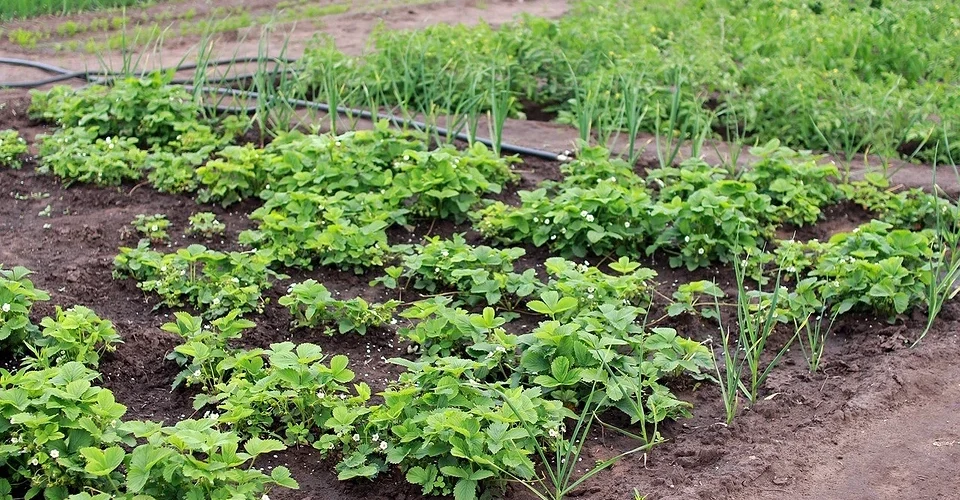
We explain the principles of planting compatibility. We provide a list of incompatible plants that should not be planted together.
The quality and, to a large extent, the quantity of the future harvest depend not only on proper care. Few people know this, but neighboring crops have a significant impact on plant development. If this influence is favorable, the gardener watches with satisfaction as the plants proliferate; otherwise, they are saddened by the sight of stunted bushes. Let’s figure out which plants should not be planted next to each other — a table of planting incompatibilities is attached.
Everything you need to know about what cannot be planted next to each other
Principles of compatibility
Two basic principles are used to determine plant compatibility. I want to describe them briefly.
- It is forbidden to grow several representatives of the same family next to each other. They have similar requirements for growing conditions: they need the same nutrients and approximately the same amount of moisture, among other things. They take nutrients from the same level of soil, so they quickly deplete it. In addition, they share the same diseases and pests, and if infected, they will soon spread to the entire plantation.
- It is prohibited to grow crops with similar growing conditions next to each other. The vegetative characteristics and fruiting times must be different. Then, during the formation and ripening of the fruits, the crops will not compete with each other, and the yield will increase significantly.
In addition, it should be noted that some plants, such as onions or herbs, release certain substances during their life cycle that protect them from pests and other threats. These substances can affect other plant organisms. This effect can be harmful for neighboring plants, which will slow down or even stop their growth.
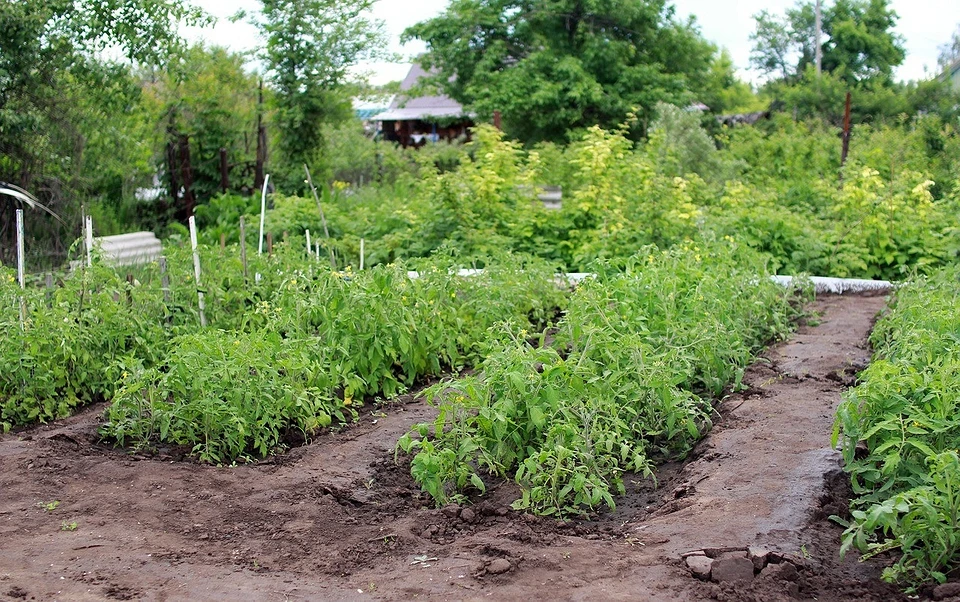
Which vegetable crops should not be planted next to each other
Based on the principles described above, recommendations have been developed for selecting neighbors. These should be taken into account when planning the layout of your garden beds. We have prepared a list of vegetables that should not be planted next to each other.
With potatoes
Potatoes belong to the nightshade family, so it is highly undesirable to plant any members of this family near them, such as peppers, eggplants, tomatoes, and physalis. Common pathogenic microflora and insect pests will not give them a chance to survive. It is undesirable to plant any pumpkin plants nearby, such as squash or cucumbers. The reason is a common late blight infection. Strawberries, like potatoes, are infected by wireworms and nematodes and suffer from rot. The phytoncides secreted by celery and parsley inhibit the growth of potatoes. It is forbidden to plant apple trees and berry bushes near potato plantations. This impairs the taste of the fruit and reduces the potato yield.
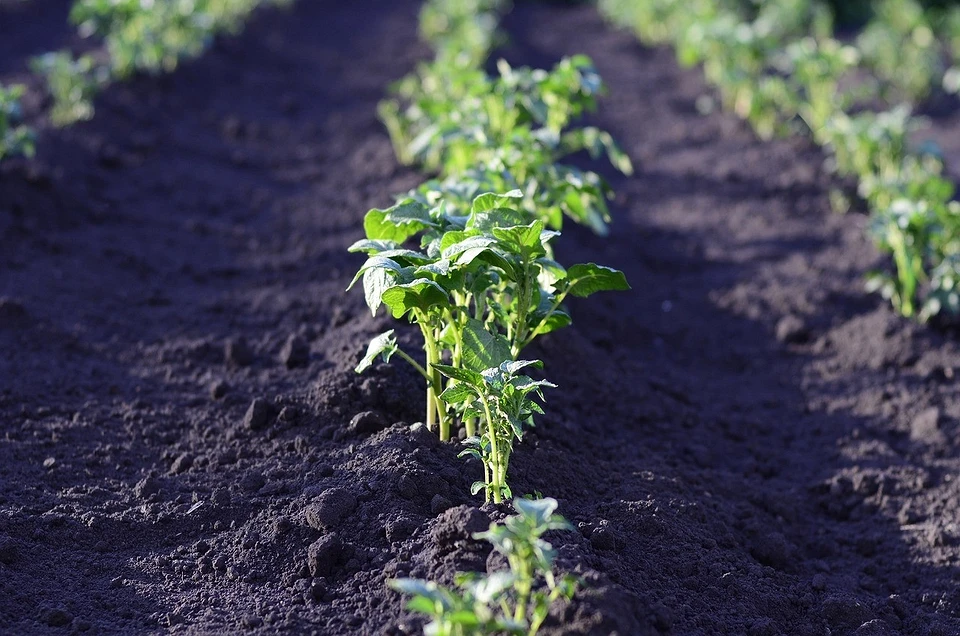
Tomatoes
Close planting of all nightshades is prohibited; potatoes are especially undesirable. They can infect tomatoes with Colorado beetles. Pumpkins are also undesirable, as they are susceptible to late blight. Do not plant strawberry bushes near tomatoes, as they have the same diseases and pests. All types of cabbage should be grown with caution in the vicinity. The growing conditions required by these crops differ significantly.
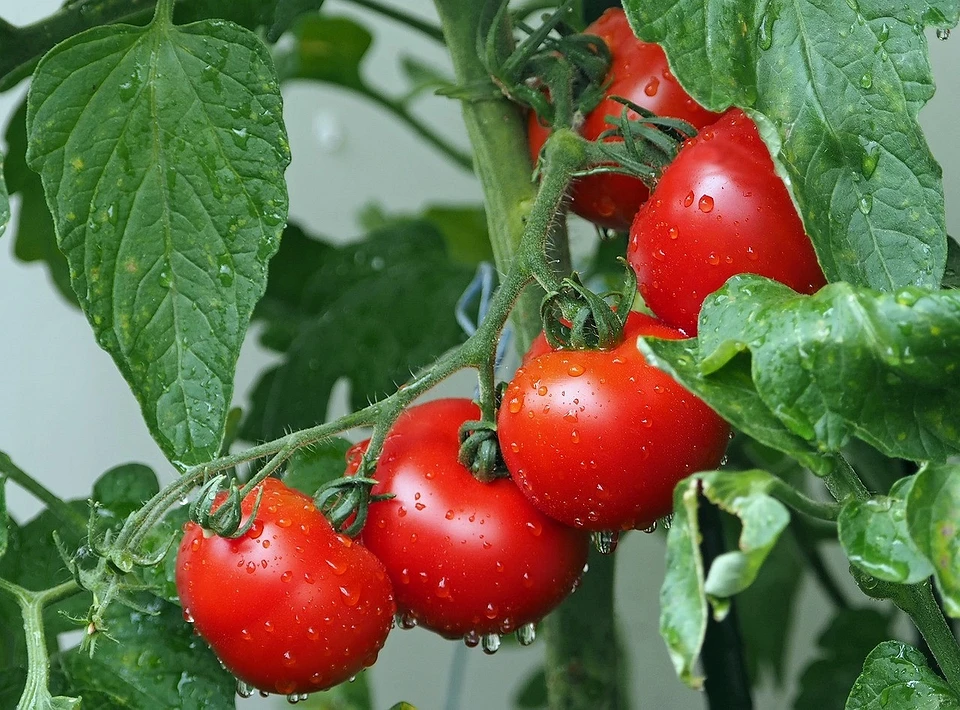
Onions
Leeks, shallots, and other varieties of onions are prohibited, as they all belong to the same family. For the same reason, close planting of garlic is undesirable. It is best to plant any legumes further away, as the plants compete with each other for nutrients and moisture. For the same reason, radishes and radish should not be planted near onions. In addition, their mutual influence reduces crop yields.
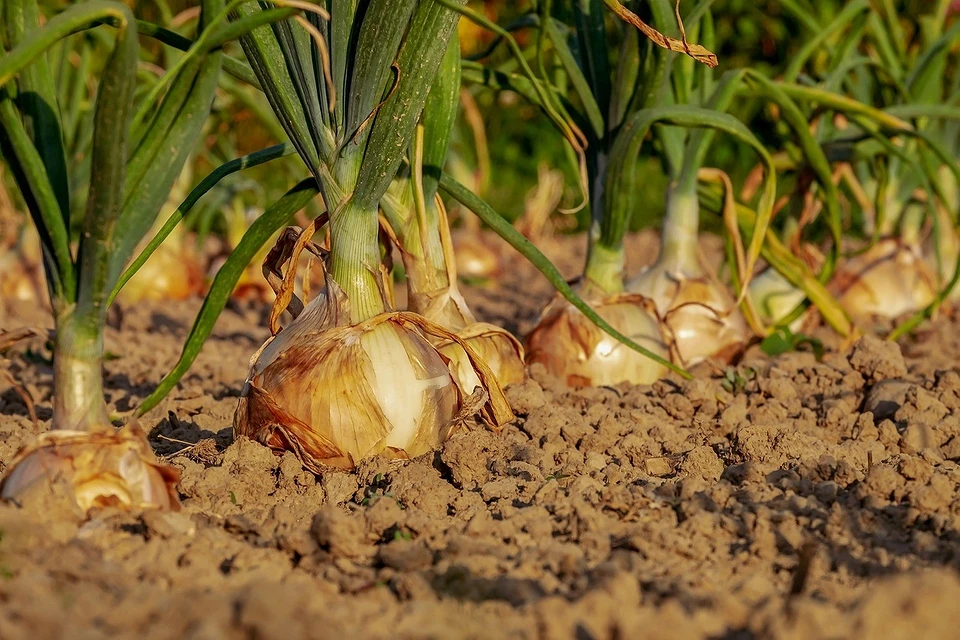
Cucumbers
It is undesirable to plant them near any nightshade plants, as they share the same diseases but have very different preferred growing conditions. Potatoes are a naughty neighbor for cucumbers. They are susceptible to late blight and can transmit it to cucumbers. Potatoes are often treated with chemicals, which can get onto the cucumbers. This is highly undesirable. Do not plant any pumpkin plants, especially zucchini, near cucumber beds.
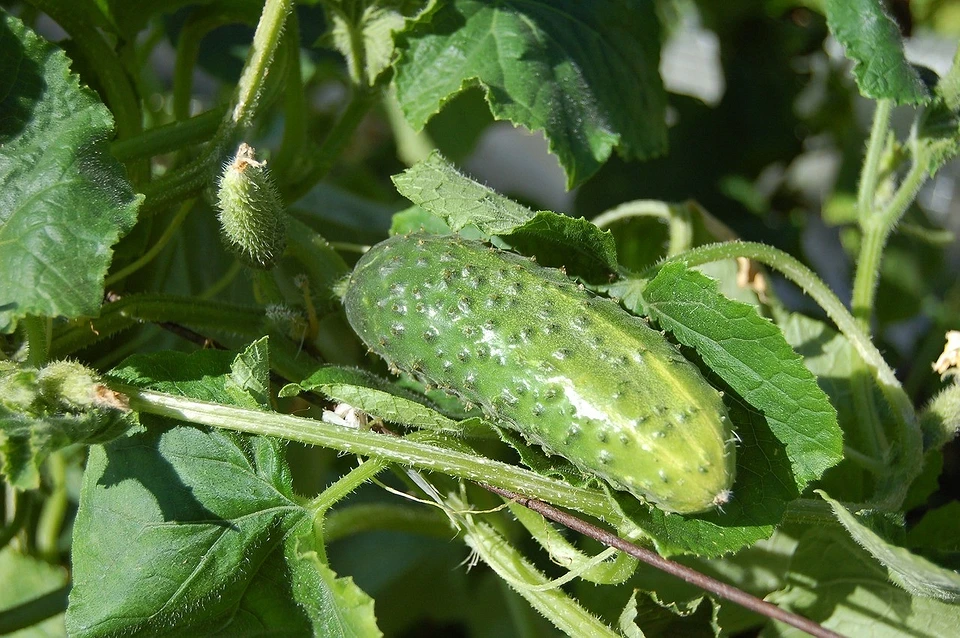
Garlic
Please do not plant it near legumes such as peas, beans, and similar plants. When planted together, they will crowd out the garlic, and when planted next to each other, they can transfer pathogenic microflora to it. It is undesirable to grow garlic and different types of onions together, as they belong to the same family. Basil should not be sown nearby, as it releases phytoncides that inhibit the growth of onions.
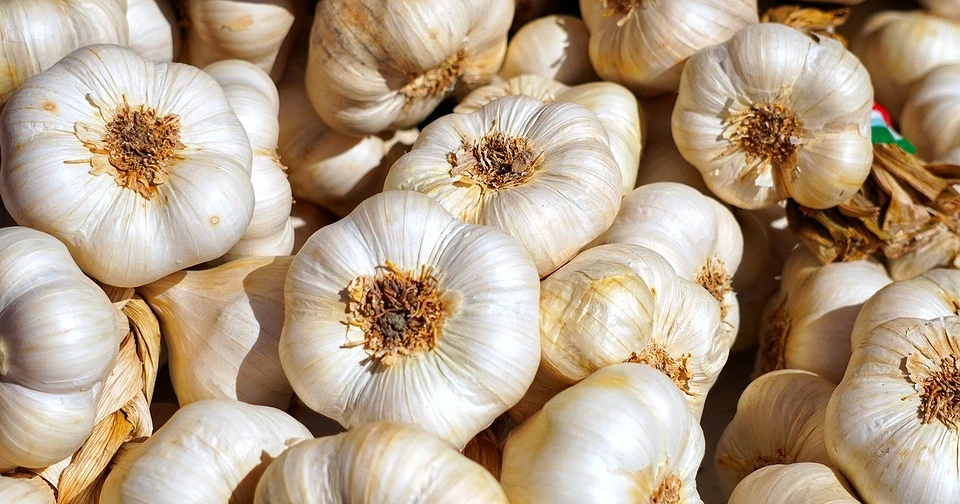
Cabbage
No cabbage varieties should be planted next to each other. White cabbage and cauliflower are particularly incompatible. Both varieties suffer a sharp decline in yield. The minimum distance between cabbage rows is 3.3 feet. It is not advisable to plant cabbage near nightshade plants. The latter are prone to rot, which attracts slugs — the worst enemies of all cabbages. Pumpkins and carrots should not be sown near cabbage beds. The former has robust rhizomes and will take nutrients away from the cabbage, while the latter will also do so.
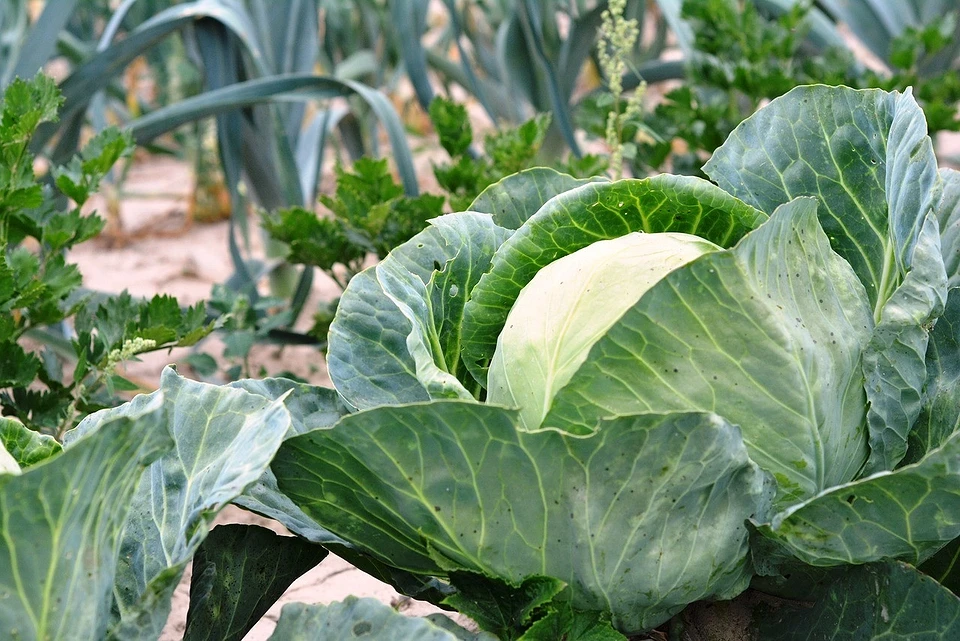
Carrots
It is highly undesirable to plant dill next to carrots. It releases substances that slow down the growth of root crops. Fennel should not be planted nearby. This spice attracts a wide variety of pests, making it an undesirable neighbor for most vegetables. Parsnips should be planted away from carrot beds. They will not harm the root vegetable, but they share common diseases and some pests. Therefore, in the event of infection, the process will quickly spread to all beds.
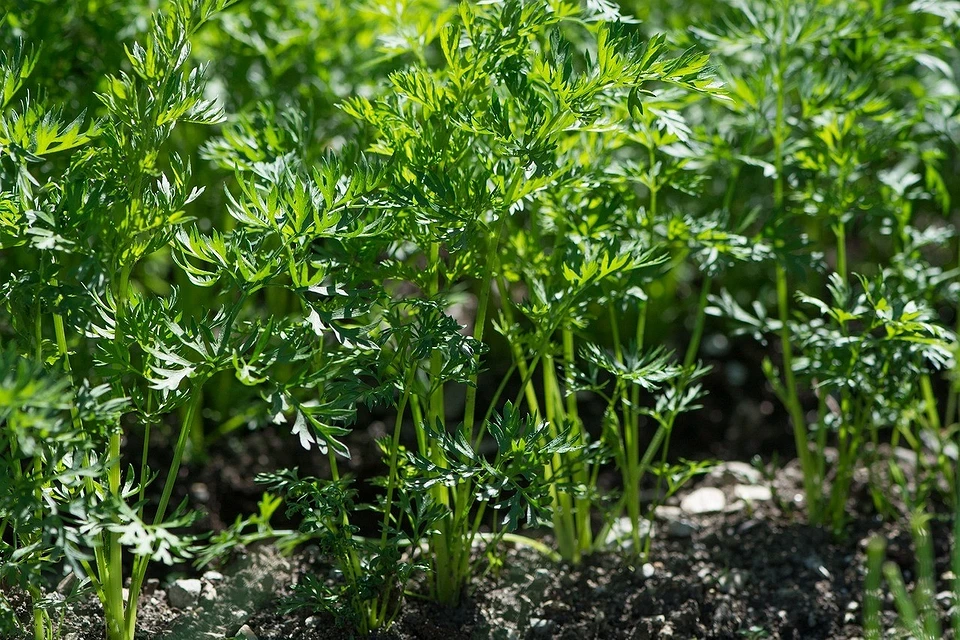
Beets
Corn should not be planted near beets. It will grow quickly and shade the low beet bushes. Lack of light will negatively affect the root crop yield. For the same reason, it is undesirable to plant beans nearby. In addition, they have common diseases that they can “share.” Potatoes take away nutrients and moisture from root crops, so they should be planted further away from them—chives and mustard release phytoncides that inhibit the growth of beets.
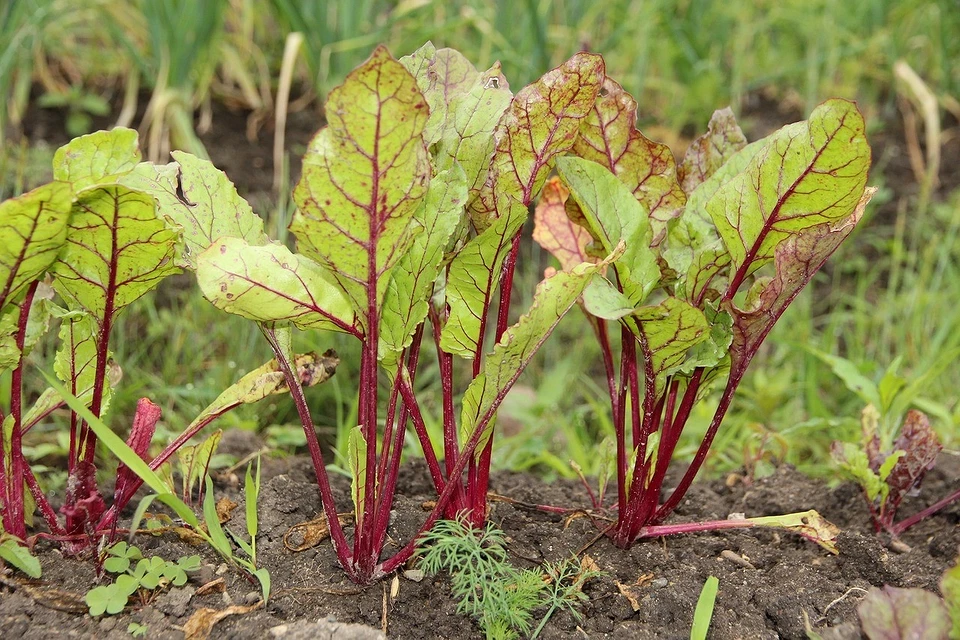
Which trees and shrubs should not be planted nearby
Not only vegetable crops, but also trees and shrubs can be incompatible with certain conditions. Let’s take a look at which fruit and berry plants should not be planted nearby.
Apple tree
Please don’t plant near rowan trees. The caterpillars of the rowan moth will spoil the apples. It is also not a good idea to plant them near cherry or sweet cherry trees. Stone fruits grow much more slowly, and apple trees will win the competition for nutrients and water, eventually displacing the roots of stone fruits from the fertile topsoil. This can lead to the death of the trees. Another bad neighbor is viburnum. It loves moisture and, when there is a shortage of water, takes it from its neighbors. In addition, it attracts aphids, one of the worst enemies of apple trees.
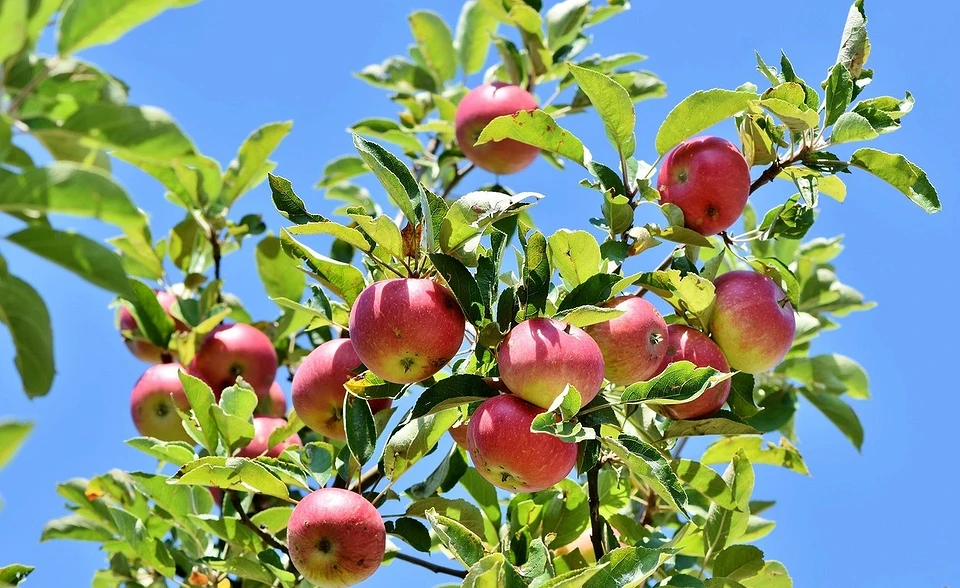
Cherry
Pear and apple trees are naughty neighbors for cherry trees. Both trees are pome fruits, which do not get along well with stone fruits. In such plantings, both species are suppressed, so a distance of at least 23-33 feet is maintained between the trees. Gooseberries and raspberries will also prevent cherries from growing normally. They have branched surface roots that take nutrients away from the tree. In addition, cherries share diseases with raspberries. It is undesirable to plant any nightshade vegetables nearby. They carry verticillium wilt, which is deadly to cherries.
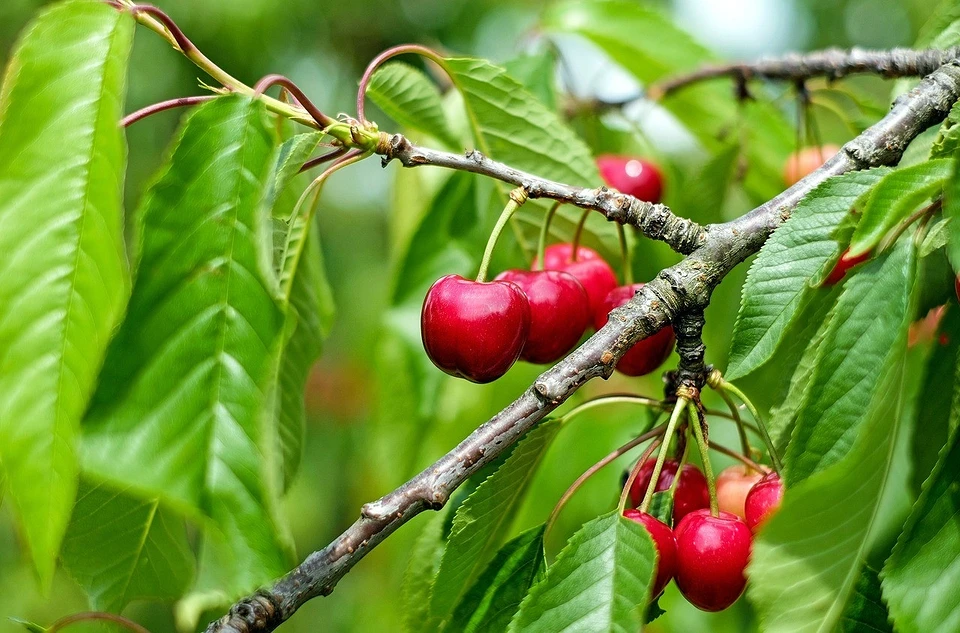
Pear
Plums hurt pears, reducing their yield. Bird cherry is also an undesirable neighbor. It has a lot of root suckers, and the tree attracts a wide variety of pests. Do not plant cherries or cherries closer than 23-33 feet from a pear tree. They have an extremely unfavorable effect on each other. Red rowan should also not be planted near a pear tree. It will infect the tree with rowan moths or sawflies. In addition, tall rowan trees can shade the pear tree.
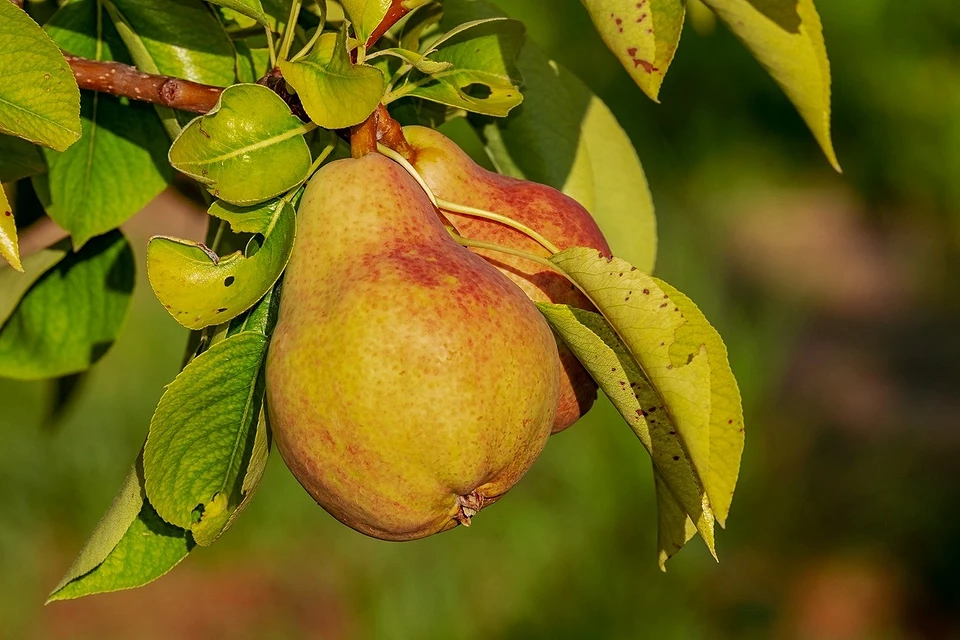
Raspberries
It is not recommended to plant strawberries or grapes near raspberries. They take up nutrients at the same depth and will compete with each other for nutrients. Both crops are affected by weevils and other pests. Cherries are also undesirable near raspberries. Some beetles, such as May beetles, lay their eggs on cherry leaves. The hatched larvae begin to feed on the roots of the raspberry bush, which will lead to its disease and death.
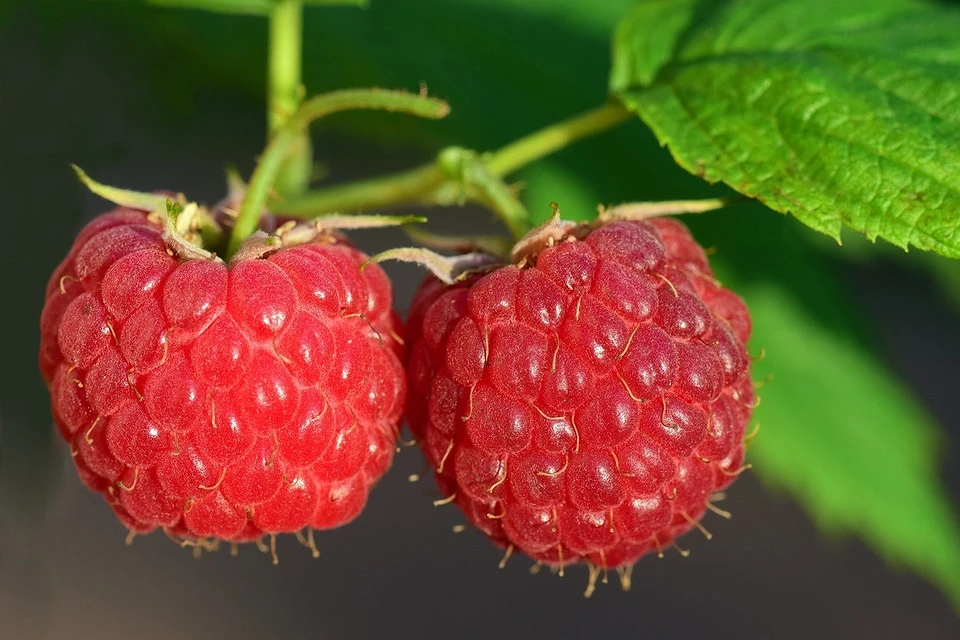
Currants
Different types of currants are naughty neighbors. Black currants release a lot of phytoncides, which are literally destructive to white and red varieties. It is not worth growing gooseberries near currant bushes. Both berries are affected by moths, and you can lose the entire harvest. Blackberries and raspberries are planted further away from currants. These aggressive crops spread rapidly throughout the vegetable garden or orchard, taking moisture and nutrients from their competitors.
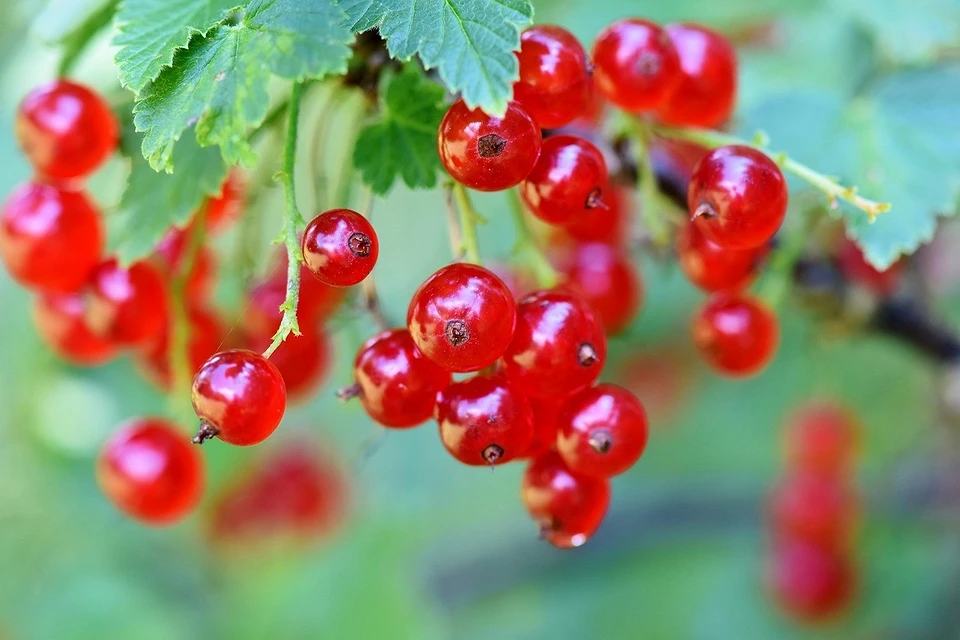
Summary table of incompatible plants
To make it clear what cannot be planted together, we have compiled a table of crop incompatibility.
| Crops: Completely | y incompatible, Undesirable | e but acceptable neighbors |
|---|---|---|
| Potatoes | All nightshades, strawberries, parsley, celery, apple trees | Pumpkins |
| Tomatoes | Nightshades, especially potatoes, strawberries, and pumpkins | All cabbages |
| Onions | All onions, garlic, radishes, and radish | Legumes |
| Cucumbers | All pumpkin, especially zucchini, all nightshades, especially potatoes | — |
| Garlic | All types of onions, basil | Legumes |
| Cabbage | Any cabbage, carrots, pumpkin | Solanaceae |
| Carrots | Dill, parsnips, cabbage, fennel | — |
| Beets | Beans, potatoes, chives, mustard | Corn |
| Apple tree | Rowan, cherry, cherry | Viburnum |
| Cherry | Pear, gooseberry, apple tree, raspberry | Nightshades |
| Pear | Plum, cherry, cherry, bird cherry | Rowan |
| Raspberry | Strawberry, grape | Cherry |
| Currant | Various types of currants, gooseberries | Raspberry or blackberry |
Planting should be planned with crop compatibility in mind. For combined planting, select only companion plants, and for neighboring planting, choose compatible and neutral varieties. Do not try to combine antagonistic plants. They will not be able to coexist and will only harm each other: they will slow down the growth of their competitor, reduce its yield, or even eradicate it. It is unrealistic to expect a good harvest under such conditions.
❓ Questions and answers
Can incompatible plants planted nearby reduce harvest yield?
Yes. Incompatibility may lead to competition for nutrients, water, light, or the spread of pests/diseases. Over time, this stress can reduce growth, delay maturation, or shrink the size of the harvest.
Are there exceptions or “mild incompatibilities” that sometimes work out?
Yes — not all “incompatible” pairings mean total failure. Sometimes, with reasonable spacing, soil management, or barriers, you can make them coexist. But it’s riskier, and many gardeners avoid the combinations altogether to be safe.
How far apart should incompatible plants be separated?
There’s no universal distance, but as a general rule, give incompatible plants plenty of space — often 2–3 feet (60–90 cm) or more, depending on their mature size and root spread. Use companion planting guides or spacing charts for precise recommendations by species.
Does this incompatibility table apply to container gardening or raised beds?
The principles still hold, yes. But in containers or raised beds, root interactions and nutrient competition are even more intense. So you must be extra careful: use individual pots, ensure good drainage, and avoid planting strongly incompatible species side by side.
Hi, I’m Ben Carter!
I’m a certified organic vegetable specialist with over 12 years of experience. I grew up on a farm in Iowa and have helped hundreds of gardeners grow bountiful harvests without unnecessary chemicals. On this site, I share my proven methods. If you have any questions, leave them in the comments!
See also
How to store apples at home in winter: methods and tips for storage
How to plant grapes in autumn: planting instructions and care tips
Planting scheme for zucchini in open ground and greenhouses: visual images, distances, rules
A tall hedge instead of a fence. How to create and maintain it
What to plant with zucchini: 13 good neighbors and four dangerous ones
How to propagate grapes at home: 4 methods for every gardener

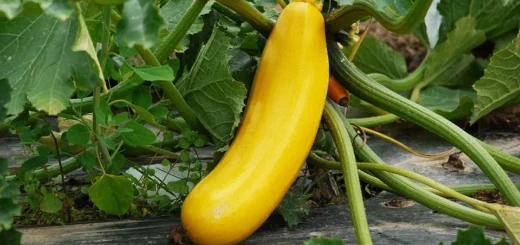
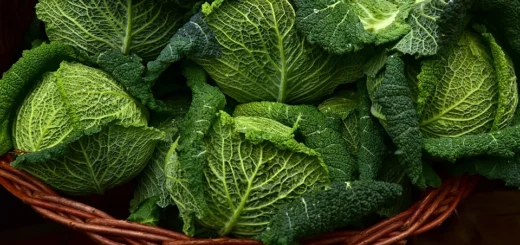
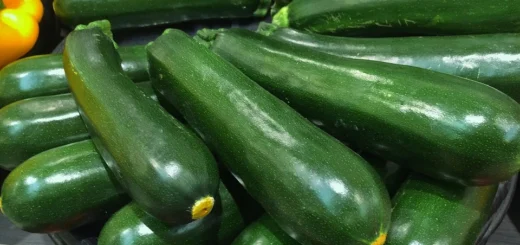










10 Responses
[…] What cannot be planted together: incompatibility table, cheat sheet for gardeners […]
[…] What cannot be planted together: incompatibility table, cheat sheet for gardeners […]
[…] What cannot be planted together: incompatibility table, cheat sheet for gardeners […]
[…] What cannot be planted together: incompatibility table, cheat sheet for gardeners […]
[…] What cannot be planted together: incompatibility table, cheat sheet for gardeners […]
[…] What cannot be planted together: incompatibility table, cheat sheet for gardeners […]
[…] What cannot be planted together: incompatibility table, cheat sheet for gardeners […]
[…] What cannot be planted together: incompatibility table, cheat sheet for gardeners […]
[…] What cannot be planted together: incompatibility table, cheat sheet for gardeners […]
[…] What cannot be planted together: incompatibility table, cheat sheet for gardeners […]